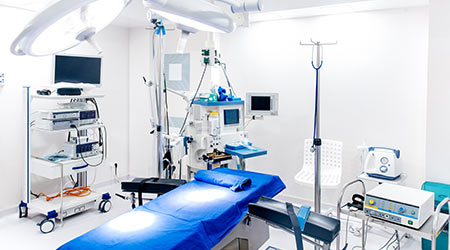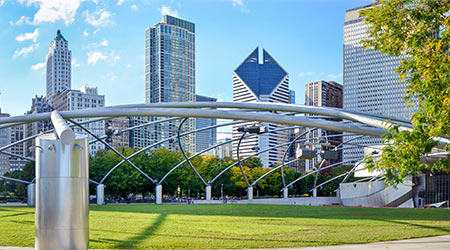
HVAC Systems Spread Thirdhand Smoke
May 21, 2018
Poor indoor air quality (IAQ) can produce immediate effects in occupants of institutional and commercial buildings, including eye and throat irritation, headaches, and dizziness. It also can result in long-term effects that include respiratory diseases, heart disease and cancer.
While second-hand smoke receives a great deal of attention among managers addressing IAQ concerns, the issue of smoke might go even deeper. Occupants could be breathing in the lingering particles from years-old smoke breaks, according to a report from NBC News
Researchers found evidence that forced-air HVAC systems can pick up and spread lingering smoke particles — thirdhand smoke — throughout buildings. That mean that managers and occupants need to be aware of secondhand smoke from cigarettes and other tobacco products, as well as years-old residue from people taking smoke breaks.
“For people who do not smoke and avoid areas where smoking occurs, this is an additional involuntary exposure route for environmental tobacco smoke species,” writes Peter DeCarlo and colleagues at Drexel University in Philadelphia.
The effects of thirdhand tobacco smoke are less well-studied, although several groups have warned about potential dangers.
“Over the last decade the concept of thirdhand smoke has emerged as a distinct entity that poses health risks because hazardous compounds in thirdhand smoke include many that are toxic or cancer-causing agents,” according to the website for the California Consortium for Thirdhand Smoke.
Any kind of smoke can stick to surfaces and linger deep in fabrics, and the many chemicals in tobacco smoke can react with other chemicals to form new compounds. Particles also could have been picked up and spread by the building’s HVAC system.
Researchers ran a controlled experiment and found cigarette smoke stuck well to the sides of a Pyrex glass container and then got picked up again when air was passed through.
Forced air might do that in a building.
“HVAC systems recirculate and disperse air throughout the multiple rooms of the zone served by the system, meaning that what happens in one room affects all the other rooms in the zone,” according to DeCarlo and colleagues. “For this reason, a room located near a smoking area with smoke penetration or a room occupied by a smoker can effectively expose the other occupants served by the same HVAC system to thirdhand smoke, even if they do not share space directly.”
This Quick Read was submitted by Ryan Berlin, managing editor of Facility Maintenance Decisions.
Next
Read next on FacilitiesNet












